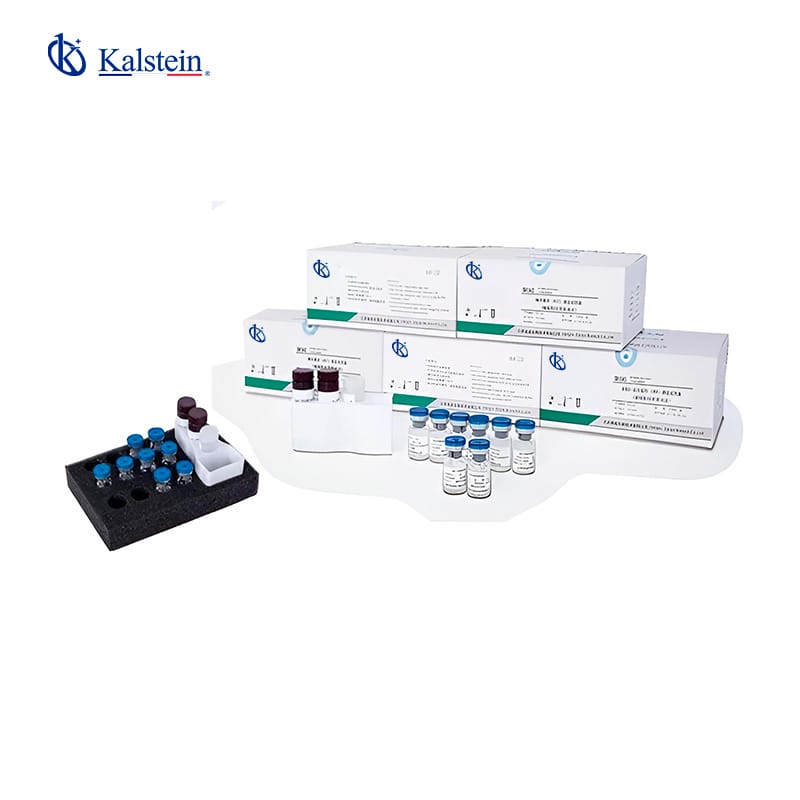Product Description
The YRA398 model represents the cutting edge in allergy testing equipment, designed meticulously to ensure high accuracy and reliability in detecting immune responses. At its core, it tests the parameter IgE, which is crucial for assessing allergic reactions in patients. Utilizing enzymatic chemiluminescence as its luminescent principle, it offers enhanced sensitivity and specificity in test results.
A key feature of the YRA398 is its use of alkaline phosphatase (AP) as luminescent markers. This choice not only enhances the precision of the test but also aids in obtaining quicker results, making it highly efficient in clinical environments. The device is available for the CIA series, offering kits in specifications of 48, 50, or 100 tests per kit, thus catering to both small and large scale testing needs. The sandwich method principle it employs allows for increased binding efficiency, ensuring that tests are comprehensive and thorough.
| Model | YRA398 |
| Tested Parameter | IgE |
| Luminescent Principle | Enzymatic chemiluminescence |
| Luminescent Markers | AP (alkaline phosphatase) |
| Specification | 48, 50, 100 Test/Kit for CIA series |
| Principle | Sandwich method |
| Component | |
| Magnetic Beads | Calibrator Low |
| Calibrator High | Anti-A/Anti-B |
| Control 1 | Control 2 |
| Substrate | |
| Accessories Required But Not Provided | Washing solution |
| Sample material | Serum/Plasma/Whole Blood |
| Storage | 2-8°C |
Market Price
The market price for the YRA398 allergy testing kit can vary depending on the region, distributor, and the number of tests per kit. Typically, laboratories and clinics can expect to invest in this technology with prices ranging between $2,500 to $5,000. This variance accounts for different procurement contracts and additional services such as training and maintenance. For an accurate pricing tailored to your needs, we encourage you to request a quotation through our Kalstein Plus platform.
Frequently Asked Questions
What is the main advantage of using the YRA398 model?
The YRA398 model stands out for its accuracy and the use of enzymatic chemiluminescence, providing rapid and reliable detection of IgE, which is pivotal in diagnosing allergies with precision.
What types of samples can be used with this equipment?
The YRA398 is versatile in its ability to test various sample materials including serum, plasma, and whole blood, making it highly adaptable to different clinical scenarios.
Advantages and Disadvantages
One prominent advantage of the YRA398 is its high detection sensitivity and specificity due to the enzymatic chemiluminescence technique, which significantly reduces the likelihood of false positives and false negatives. Additionally, the device’s compact design makes it suitable for laboratories with limited space, while its automated features streamline the testing process, reducing human error and increasing efficiency.
However, the equipment does require initial training for operators unfamiliar with its interface, and there’s an additional requirement for a washing solution not included with the kit, which adds to the operational costs. Despite these considerations, the benefits this device brings to patient diagnosis and laboratory efficiency far outweigh these minor hurdles.
Field Use of the Product
The YRA398 is ideally suited for laboratory environments that handle large volumes of allergy testing. Its rapid processing ability ensures that results can be returned to patients quickly, enhancing patient care and treatment planning. The device’s adaptability to various sample types makes it a vital addition across different departments within a healthcare facility.
Due to its precise IgE testing capabilities, it is particularly beneficial in allergy clinics where detailed analysis is crucial for creating personalized patient treatment plans. The equipment’s reliability also ensures consistent performance in research settings, where accurate data collection is critical for clinical studies and trials.
Recommendations
For optimal performance of the YRA398, it is recommended to use samples and reagents of high quality as low grade materials can affect test outcomes. Regular calibration and maintenance should be performed according to the manufacturer’s specifications to ensure the longevity and accuracy of the equipment. Additionally, while the device operates smoothly, keeping thorough records of all tests conducted will aid in troubleshooting and maintaining a high standard of laboratory practice.
Always store the equipment and reagents at the recommended storage conditions of 2-8°C to maintain the integrity of the samples and reagents. Incorporating regular training sessions for users will also ensure that new staff members can efficiently and effectively utilize the equipment, maximizing the return on investment.
If you’re seeking a fusion of innovation and quality, you’ve arrived at the right place. At Kalstein, we invite you to explore our exclusive catalog of laboratory equipment. We manufacture each device with a level of excellence. Our intuitive and agile online purchasing channels are designed for your convenience, ensuring the most friendly prices. Do not hesitate any longer, we bring science to life, it is time to join our community. https://kalstein.net/en/product/allergy-test-yra398/.


